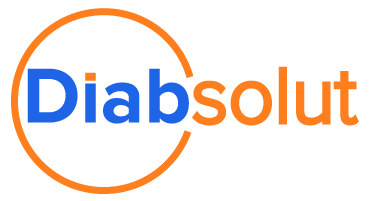Choosing a Field Service Management Solution: How to Get an Accurate ROI
 Starting Point
Starting Point
When an organization is in the process of choosing a technological Field Service Management solution, there are a lot of factors involved. It is not a decision to be made lightly, as organizations need positive cash flow to continue operating successfully.
The best place to start is by determining the return on the investment required. Specifically, the first question that should be asked is what exactly the return on investment (ROI) encompasses. It’s the determining factor in moving forward.
When a Field Service Management solution has been selected for possible implementation, an organization must ask itself:
- What is the timeline we can afford for implementation, training, tuning, etc., before generating cash flow?
- When will break even on the investment be attained?
- How much time and effort will be required in the actual process?
When steps are missed in calculating an ROI, or the timeline is thrown off due to unforeseen problems, an organization can be stuck with an investment they can’t make a return on in the budgeted amount of time.
If time and effort go beyond the original scope of the project, again, it is pushed beyond the point of the previously forecasted ROI and into additional time and cost.
Optimizing Gains
Ultimately, the goal of a Field Service Management solution is finding productivity gains through operating a more efficient organization, whether it be related to the call center, field service operations, sales, or otherwise. These gains come in different forms throughout the business and add up to create a realistic and measurable ROI.
In order to achieve that more realistic number, tools, and calculators are available to help in establishing a number that is attainable. This allows an organization to estimate specific areas of their business where increased productivity is desired.
However, without knowing where to look, can lead to additional problems. Depending on an organization’s specific and unique goals, determining which areas take priority, which numbers should be taken into consideration, and how affects the calculation.
Where does this specific organization seek change? An optimized schedule might provide benefits to an operation in terms of:
- Technicians – An optimized schedule increases productivity, ensure the correct technicians are scheduled, creates fuel savings, and lowers mileage.
- Customer Satisfaction – This aids in narrowing the time frames in which a technician can expect to arrive on site, and greater availability/flexibility to the customer for appointment booking.
- Real-Time Visibility – Gives the ability to handle exceptions, react faster, and provides instant communication in the field.
From these business gains, which are optimal gains for the organization, the return on investment is derived.
Keep it Accurate to Find Success
Utilizing a Field Service Management solution helps organizations reap rewards by driving efficiencies in their field service business. Ultimately lowering costs, and increasing customer service levels and productivity in order to also increase profitability.
When asking those initial questions, the accuracy and attainability of objectives are of the utmost importance. Furthermore, it proves to be of great value when an organization is able to establish a realistic return on investment because gains from an accurately derived ROI can revolutionize the way an organization does business.
To keep it accurate and find success, seeking out help when looking into a Field Service Management solution is the smartest way to ensure a favorable ROI.
Diabsolut FSM has over 20 years of experience in Field Service Management within a multitude of industries for leading organizations in North America. Let us help you get started.
Search
Trending Topics
- E18: Click FSE Migration to Salesforce Field Service – Java With Sugar Podcast
- E17: The Process of Migrating from a Product That Is Retiring – Java With Sugar Podcast
- E16: Decoding FSE’s End-of-Life and Common Migration Practices – Java With Sugar Podcast
- A Dual Approach to Efficiency in Field Service Management: Asset-Centric vs. Customer-Centric Models
- E15: Trends and Limitations in AI – Java With Sugar Podcast
- Enhancing Field Service Operations with SFS-X
- E14: Our Point of View and Insights on AI – Java With Sugar Podcast
- E13: What Is Artificial Intelligence and Why Is It Beneficial for You? – Java With Sugar Podcast
- AI Ethics: What Is It and Why Does It Matter?
- 3 Tips to Improve Your Strategy and ROI When Selecting SaaS Solutions
